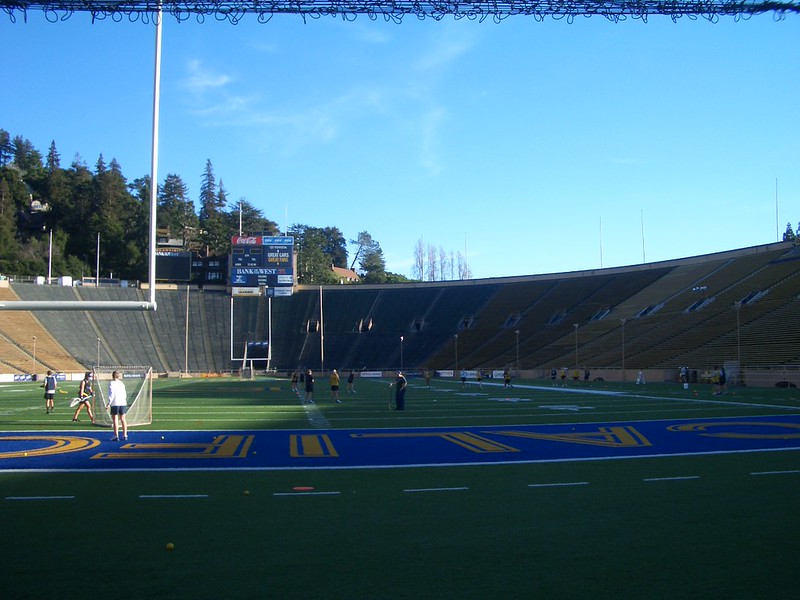Written by Nicholas Vetrisek
Higher education is becoming more expensive every year, and this is apparently something that has puzzled California Democrats for years. After all, more public spending is going into the higher education system than ever before and the entire purpose has been to allow more people to go to college through lowering costs.
How could putting more money into something yield worse results? The answer, as is often the case, is government bureaucracy.
The entire system’s predicament seems completely unbelievable on paper. Colleges pay zer0 in taxes, receive generous grants from the government and private institutions while also making a killing on things like sports and concerts held in their world-class stadiums (which they also pay no taxes on).
In fact, UC Berkeley, the most prestigious public university in California, has a $4.5 billion endowment, which is enough to pay for countless people to go through college. Despite all of this, tuition rises every year while the average student has $38,000 in student loan debt, nearly eclipsing the $47,000 they are expected to make their first year out of college.
This problem seems impossible until you realize one thing: academia is simply a microcosm of government. When you understand that, it all begins to make sense. What other institution could possibly become more expensive despite record revenues and a ridiculously large number of cash sources? When the connection is made, all becomes clear.
Academia has the same lack of accountability that government bureaucracies do in the way that they can essentially spend however they please and the people will be none the wiser. This explains why UC Berkeley can build a nearly $500 million football stadium while its students barely scrape by. The best part for them is that if anything goes wrong in the course of this wasteful spending, the government will surely bail them out.
 Photo by Tzuhsun Hsu via Flickr
Photo by Tzuhsun Hsu via Flickr
Colleges love government money almost as much as politicians love running on “affordable education.” Ironically, given what they teach, academic institutions spend according to their ability and not according to their needs.
In order to fix the endless cycle of receiving government grants, spending all of the money on football stadiums and recreational facilities and raising tuition to get back the money, it will require a serious reduction of government’s role in academia. Programs like FAFSA and the Cal Grant sound great on paper, but the problem is that when almost everyone in California can receive free money, someone has to pick up the tab.
As evidenced by the university spending habits, it won’t be them. The bill will instead be picked up by average, perhaps non-traditional students that will have to pay insane sums in order to pave in the gold road for the 18-year-old superstars that would probably already be able to attend college.
Or, we could just let the bubble burst.
Soon enough, a college degree’s value will be eclipsed by the debt required to get it. The value of the education itself has already plummeted due to being more about political indoctrination as opposed to training the future of America.
Almost 40 percent of Californians have some sort of degree anyways, so having one won’t make the job applicant stand out like it once did. This bleak outlook is the most likely scenario because no one will ever vote to spend less money, least of all the people whose job it is to do exactly the opposite.




